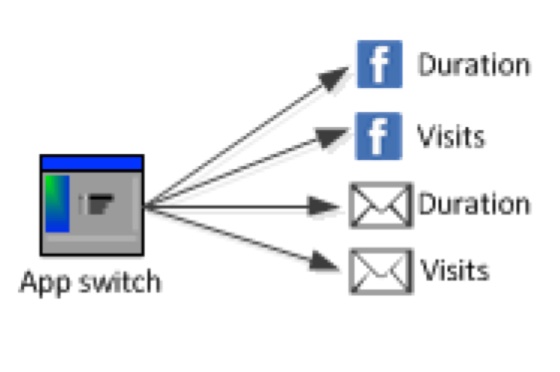Cited By
View all- Marsh EPerez Vallejos ESpence A(2024)Digital workplace technology intensity: qualitative insights on employee wellbeing impacts of digital workplace job demandsFrontiers in Organizational Psychology10.3389/forgp.2024.13929972Online publication date: 17-Dec-2024
- Beerepoot Idel Río Ortega AResinas MReijers HFarzan RLópez CCardoso Llach DQuercia DMustafa MNiu SWong-Villacrés M(2024)Interruptibility during Scientific Research Collaborations: The Effect of Pressure, Proximity and Quiet TimeCompanion Publication of the 2024 Conference on Computer-Supported Cooperative Work and Social Computing10.1145/3678884.3681848(179-184)Online publication date: 11-Nov-2024
- Lee YWu MChang CChang XChang Y(2024)Investigating User-perceived Impacts of Contextual Factors on Opportune MomentsProceedings of the ACM on Human-Computer Interaction10.1145/36765148:MHCI(1-28)Online publication date: 24-Sep-2024
- Show More Cited By



